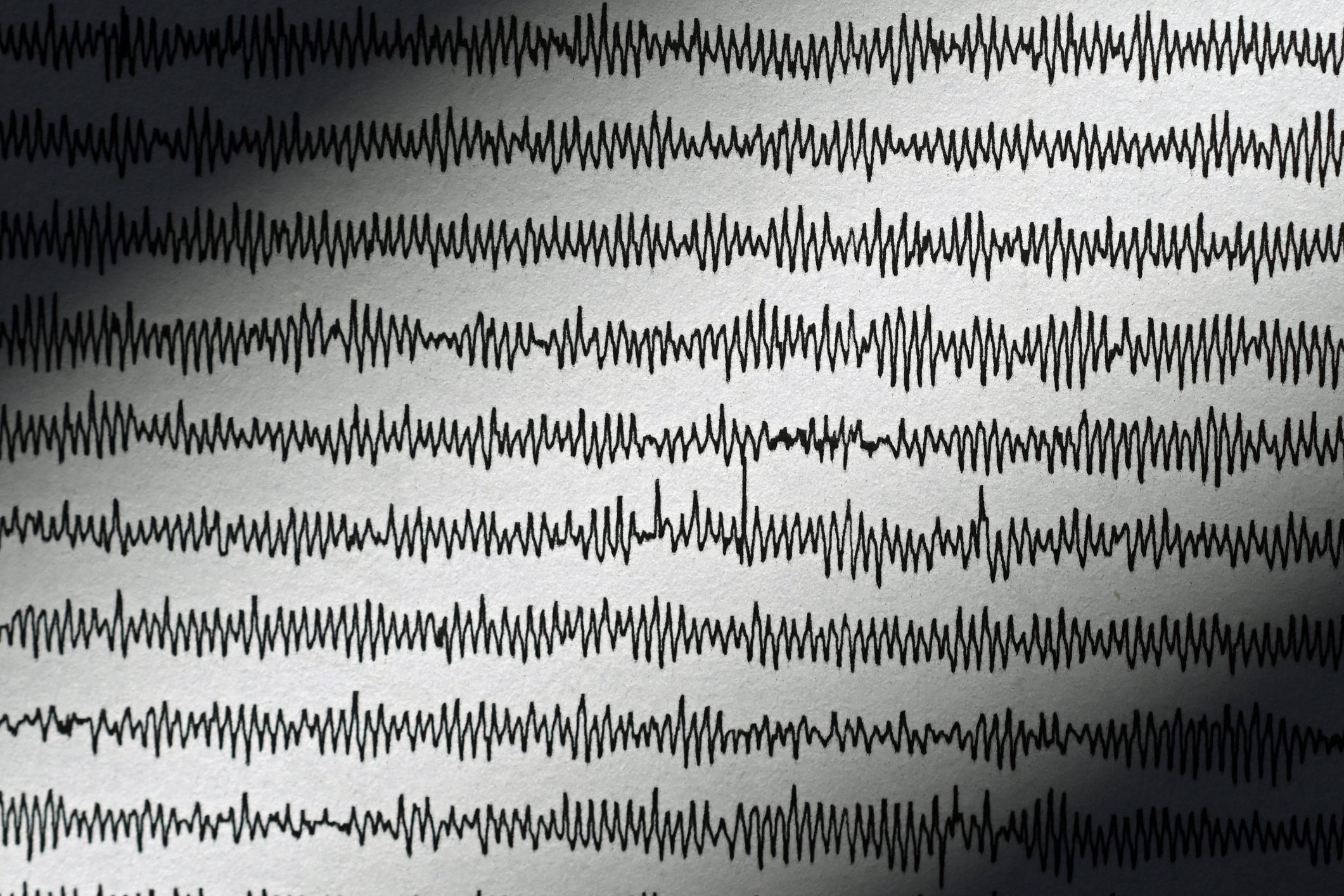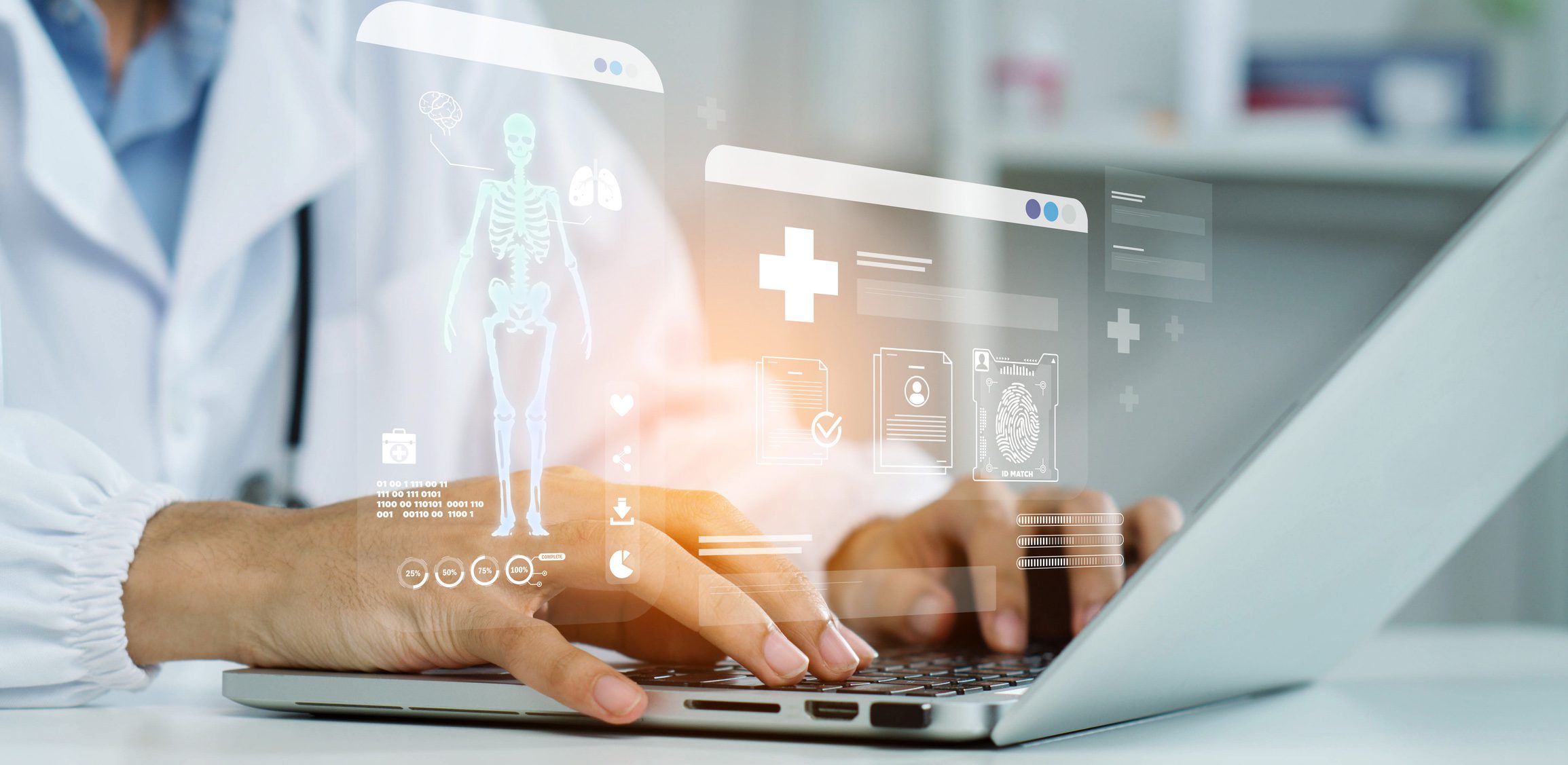Lower urinary tract symptoms (LUTS ) are common in middle-aged and older men and affect both the storage and flow of urine. In addition to established risk factors such as prostate enlargement and chronic inflammation, genetic influences and general physical condition – in particular sarcopenia – are now also coming into focus as decisive parameters when it comes to predicting the response to treatment. At the same time, current guidelines call for a structured, pre-therapeutic assessment in order to avoid diagnostic errors and unnecessary invasive procedures and instead tailor therapies to the individual patient.
Autoren
- Tanja Schliebe
Publikation
- Urologie-Special
Related Topics
You May Also Like
- Psychedelics and related drug classes
Ritual, party or new therapy? Psychedelics and more: clinically illuminated
- Acute sinusitis: real-world study on first-line therapy
Focusing on a rational therapeutic approach beyond antibiotics
- DOAK optimization, ABC pathway and lessons learned from the FXI/XIa pipeline
Stroke prevention for atrial fibrillation 2025
- From symptom to diagnosis
Abdominal pain – Hernias
- "Survey of Health, Ageing and Retirement in Europe" (SHARE)
Analysis of polypharmacy in ≥65-year-olds
- New perspectives for clinics and research
Ageing, cellular senescence and Parkinson’s disease
- From early intervention to individualization
The new guidelines at a glance
- Artificial intelligence












